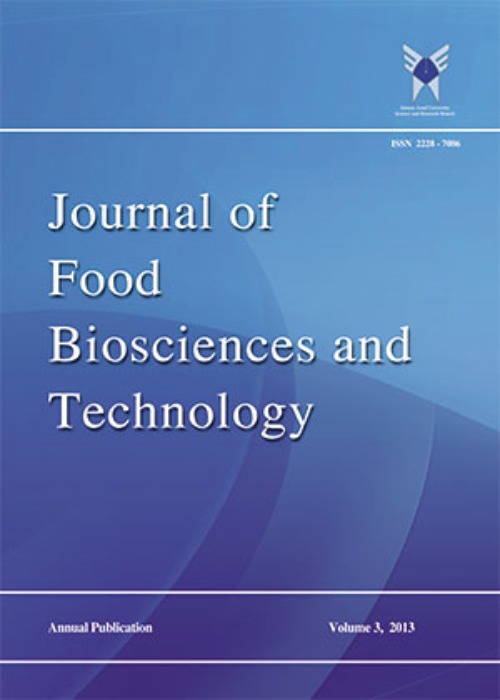Quantitative Changes in Ascorbic Acid and Chlorophyll Contents of Parsley (Petroselinum crispum) and Dill (Anethum graveolens) Harvested in Three Consecutive Months of Spring
Author(s):
Article Type:
Research/Original Article (دارای رتبه معتبر)
Abstract:
Ascorbic acid has been used to treat many diseases and has recently been considered seriously in the Covid 19 event. Recent studies concerned with ascorbic acid status indicated high prevalence of vitamin C deficiency in many countries which plays an essential role in nutrition and lack of it in the diet causes disease. It is also an antioxidant in vegetables that prevent chronic diseases. Similar results have been observed for chlorophyll and its derivatives in treating acute diseases. There are several medicinal products derived from chlorophyll or its derivatives to treat diseases and variation of health benefits in chlorophyll. According to studies chlorophyll is a potential cancer-preventing agent and has been shown to have antioxidant and anti-mutagenic activities. The properties of chlorophyll are determined to reduce food wastage during processing and storage. Considering the importance of ascorbic acid and chlorophyll in food and especially the important presence of these two substances in vegetables, chlorophyll (spectrophotometric method for chlorophyll) and ascorbic acid (Ascorbic acid reduces oxidation-reduction indicator dye, 2,6-dichloroindophenol, to colorless solution) were measured in two popular vegetables: parsley and dill in three consecutive months of spring 2020 and the data were statistically analyzed using the SPSS 24. The results indicated that the last three months of plant growing just before harvesting, the ascorbic acid contents of both vegetables increased considerably. The results of chlorophyll contents in both substrates indicated increasing in all the stages. The average ascorbic acid reached its highest level in the third month of the spring (1.3000±0.120 mg.kg-1 for parsley and 0.2233±0.120 mg.kg-1 for dill); the difference in the amount of chlorophyll in the first and second harvest was nearly two times. The highest amount of chlorophyll in both vegetables belonged to the samples harvested in the third month of spring (0.343±0.006 mg.kg-1 for parsley and 0.580±0.006 mg.kg-1 for dill).The results of this study can help researchers to stablish a healthy and nutritious diet.
Keywords:
Language:
English
Published:
Journal of Food Biosciences and Technology, Volume:13 Issue: 2, Spring 2023
Pages:
1 to 12
magiran.com/p2550495
دانلود و مطالعه متن این مقاله با یکی از روشهای زیر امکان پذیر است:
اشتراک شخصی
با عضویت و پرداخت آنلاین حق اشتراک یکساله به مبلغ 1,390,000ريال میتوانید 70 عنوان مطلب دانلود کنید!
اشتراک سازمانی
به کتابخانه دانشگاه یا محل کار خود پیشنهاد کنید تا اشتراک سازمانی این پایگاه را برای دسترسی نامحدود همه کاربران به متن مطالب تهیه نمایند!
توجه!
- حق عضویت دریافتی صرف حمایت از نشریات عضو و نگهداری، تکمیل و توسعه مگیران میشود.
- پرداخت حق اشتراک و دانلود مقالات اجازه بازنشر آن در سایر رسانههای چاپی و دیجیتال را به کاربر نمیدهد.
In order to view content subscription is required
Personal subscription
Subscribe magiran.com for 70 € euros via PayPal and download 70 articles during a year.
Organization subscription
Please contact us to subscribe your university or library for unlimited access!



